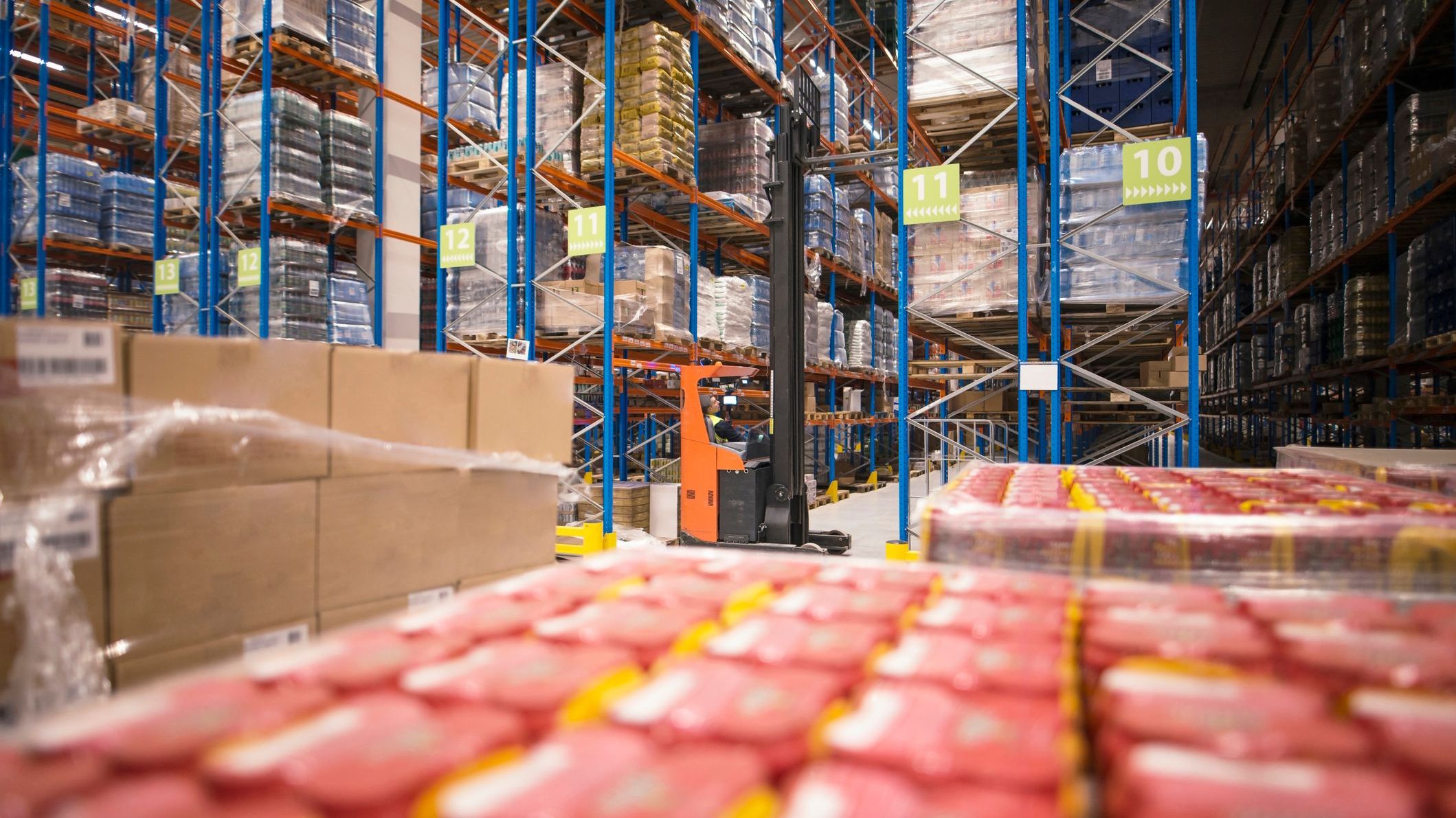Call us 24/7 800 850-4511

After enduring a prolonged freight recession in 2022 and early 2023, the industry is finally showing signs of improvement. However, the path to full recovery in 2024 and beyond remains uncertain, leaving experts questioning the pace of market growth. Let’s examine the current state of the freight industry, the factors shaping its recovery, and the challenges ahead.
The freight recession, marked by declining demand and freight rates during 2022, was driven by global economic fluctuations, trade disputes, and disruptions from the COVID-19 pandemic. These challenges caused reduced consumer demand, lower shipment volumes, and an oversupply of capacity, intensifying competition in the market.
Recent data from mid-2023 suggests a rebound, with shipment volumes and freight rates beginning to rise. As global economies recover and businesses stabilize, demand for transportation services is slowly increasing. However, the pace of recovery remains unpredictable due to factors like supply chain disruptions, which originated in 2022 and continue to create bottlenecks in 2023.
The global supply chain’s ability to adapt—resolving issues like container shortages and port congestion—will be key in determining how quickly the freight market regains momentum in 2024. Additionally, ongoing geopolitical tensions, shifting trade policies, and tariff negotiations will play a critical role in shaping demand for transportation services heading into 2024.
Cost factors like fuel prices, labor shortages, and equipment availability have also been volatile since 2022, impacting carrier profit margins. Successfully managing these challenges in 2023 and beyond will be crucial for carriers aiming to remain competitive in the recovering market.
As the freight industry looks toward 2024, stakeholders must focus on digitalization, data analytics, and automation to improve efficiency, optimize routes, and enhance customer experiences. These innovations will help businesses adapt to evolving market conditions and seize new opportunities.
While 2023 shows signs of recovery, the full extent of improvement may not become clear until 2024 or later. Continued collaboration, innovation, and strategic planning will be critical for businesses to navigate uncertainties and thrive in the post-recession era. By staying informed, embracing change, and fostering strong partnerships, the freight industry can chart a path to sustained growth in the coming years.
Spot rates are up 16% year-over-year, indicating a significant rise in pricing within the market. This upward trend has implications for various industries, influencing supply chain management, shipping costs, and overall market dynamics. Understanding the factors driving these rate increases is crucial for businesses and organizations to adapt and strategize effectively. In this article, we will delve into the reasons behind the surge in spot rates and explore the potential impacts on different sectors of the economy. Stay tuned for a comprehensive analysis of this noteworthy development.

Gift Boxes Moving On Conveyor Belt With Blurred Warehouse Background As the holiday season approaches, consumers and retailers alike are...

Recent data indicates that the trucking industry is experiencing a rebound in demand, bolstered by robust tail sales growth and...